
Mixing Resin the Right Way
Jess CrowResin, also called epoxy, has really taken the woodworking world by storm. Lots of woodworkers have become intrigued by resin and what it can add to their projects. This medium provides lots of room for creativity, but if it isn’t used correctly, there can be a myriad of problems. It all starts with making sure you’re mixing the resin correctly, and Jess Crow will help us with that.
It’s Chemistry…
There’s more to mixing resin than simply pouring it in a bucket and stirring it up. You’ve got to make sure:
- Your shop temp is correct
- The resin-to-hardener proportion is right
- The time spent mixing is right
- You don’t mix too aggressively or not aggressively enough
- You understand how humidity affects resin
- You understand how to use resin pumps
- You have solvent for cleaning up resin
- You know how to use calibrated measuring cups
About Jess Crow
We’re very lucky to have Jess Crow helping us on this video. She’s a resin artist and an expert in the field. You can check out her work on Instagram @crowcreekdesigns. When it comes to mixing resin, Jess knows some great tips, and she’s very willing to share them with us.
The Resin
Jess will be working with MakerPoxy. If you’d like to know more about resin and how to work with it, but sure to have a look at the rest of WWGOA’s content about resin.
Share tips, start a discussion or ask one of our experts or other students a question.
Already a member? Sign in
3 Responses to “Mixing Resin the Right Way”
Explore videos by Jess Crow
You may be interested in
Premium Membership
Unlock exclusive member content from our industry experts.
- 24/7 Access to Premium Woodworking Videos, Projects, and Tips
- Step-by-Step Instructional Demos, Plans, and Tutorials
- 50% Off Video Downloads Purchased in the Woodworkers Guild of America Shop
- 2 Printable Woodworking Plans
Unlock exclusive member content from our industry experts.
- 24/7 Access to Premium Woodworking Videos, Projects, and Tips
- Step-by-Step Instructional Demos, Plans, and Tutorials
- 50% Off Video Downloads Purchased in the Woodworkers Guild of America Shop
- 2 Full-Length Video Downloads to Watch Offline
- 2 Printable Woodworking Plans
Gold Membership
$370 Value
Get everything included in Premium plus exclusive Gold Membership benefits.
- 24/7 Access to Premium Woodworking Videos, Projects, and Tips
- Step-by-Step Instructional Demos, Plans, and Tutorials
- 8 Full-Length Video Downloads to Watch Offline
- 3 Full-Length Woodworking Classes to Keep for Life
- 7 Printable Woodworking Plans
- Discounts on Purchase-to-Own Content in the Woodworkers Guild of America Shop
- Access to Ask the Expert Program
- Exclusive GOLD LIVE Streaming Events

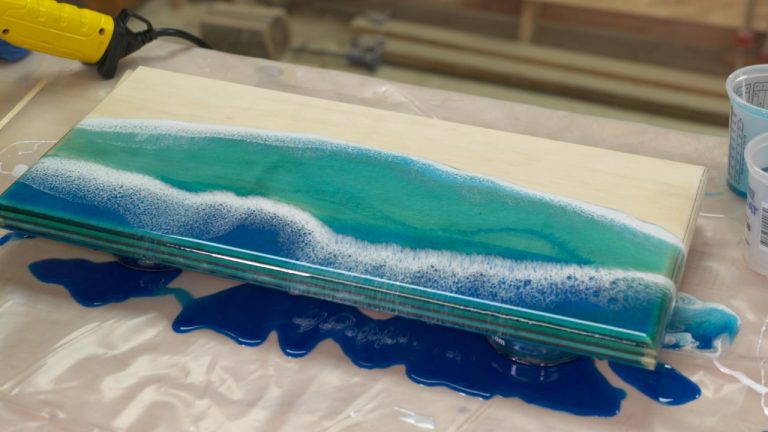


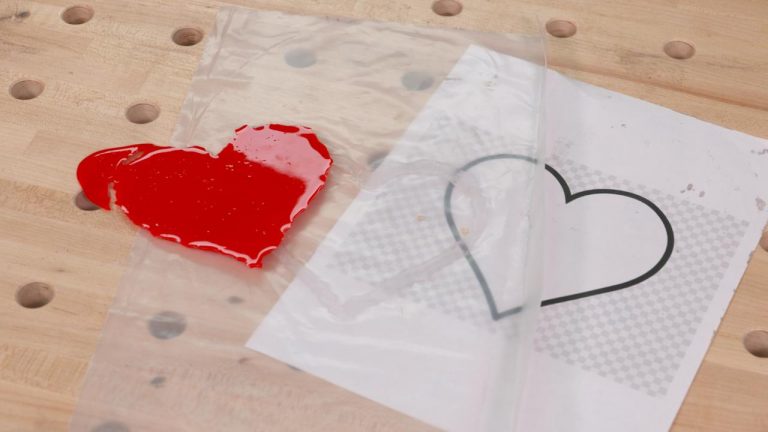


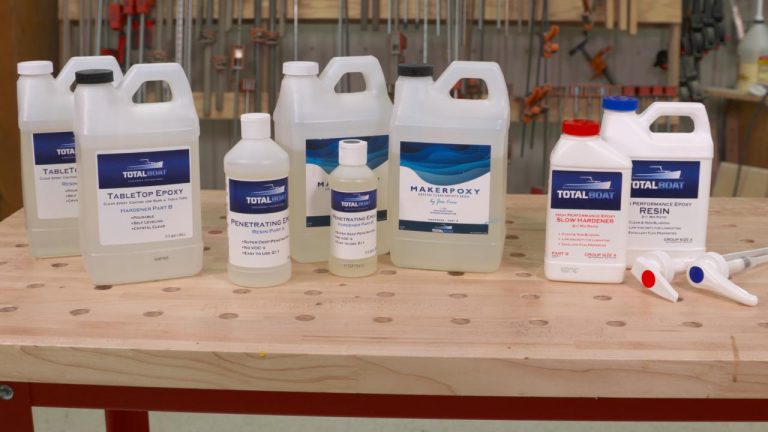
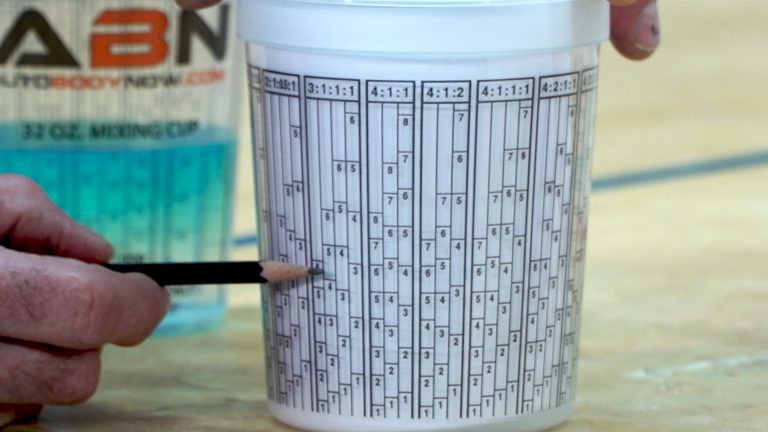

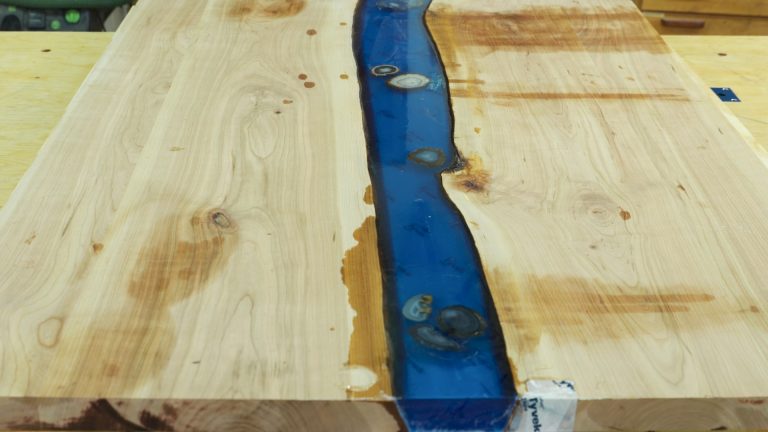
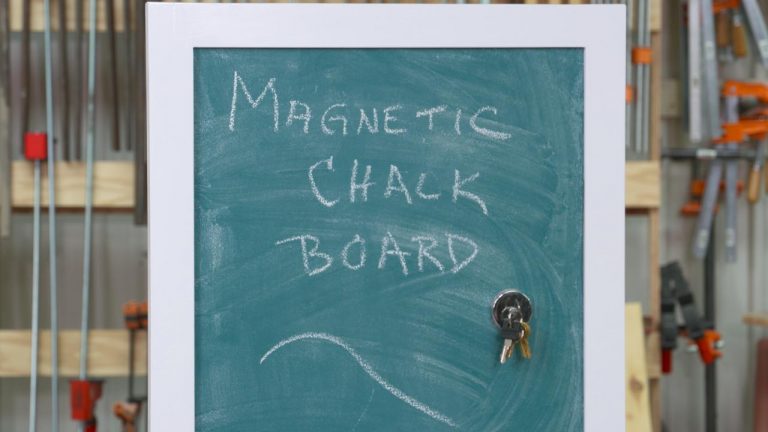
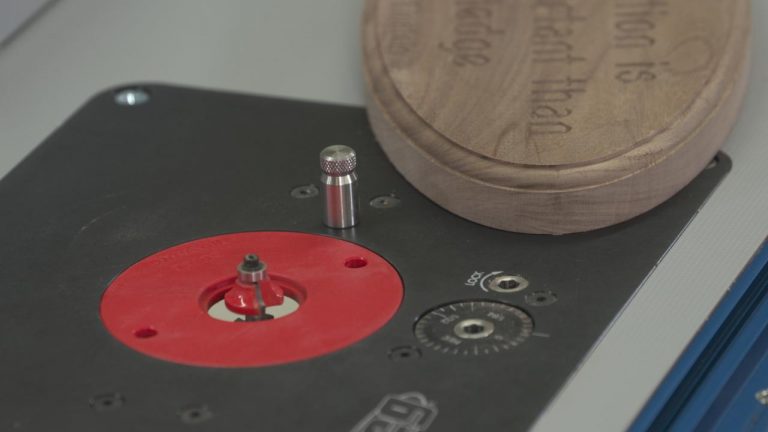
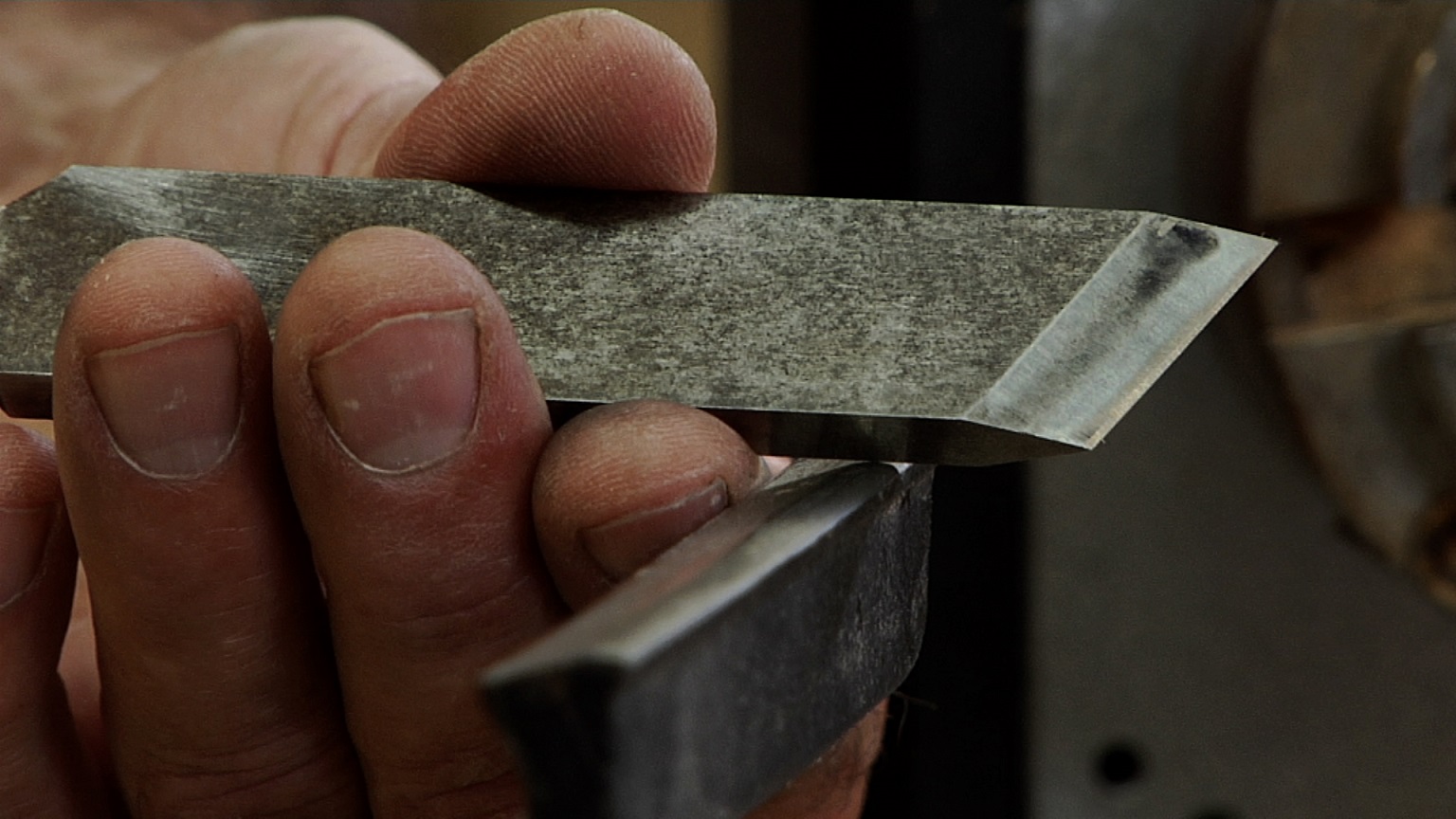
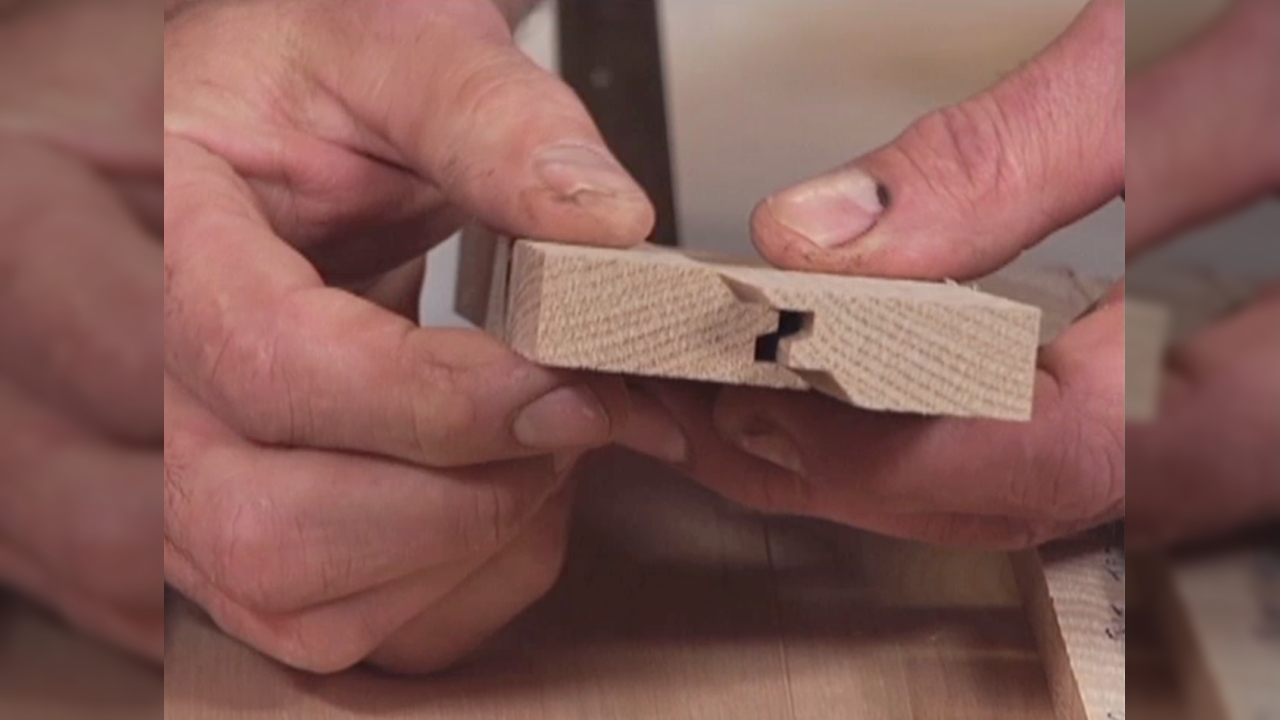


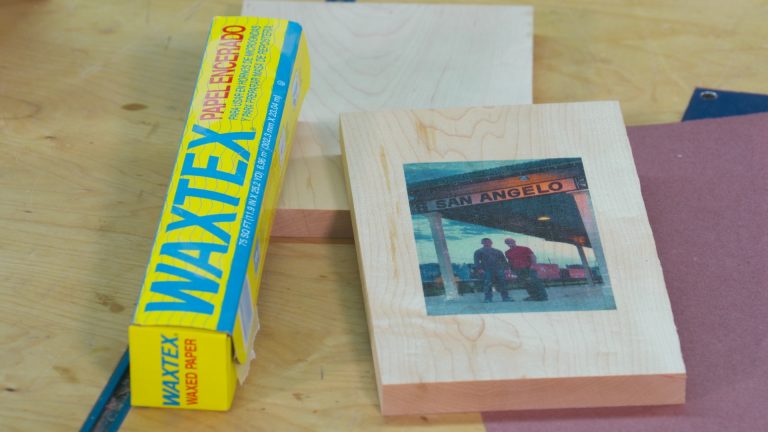

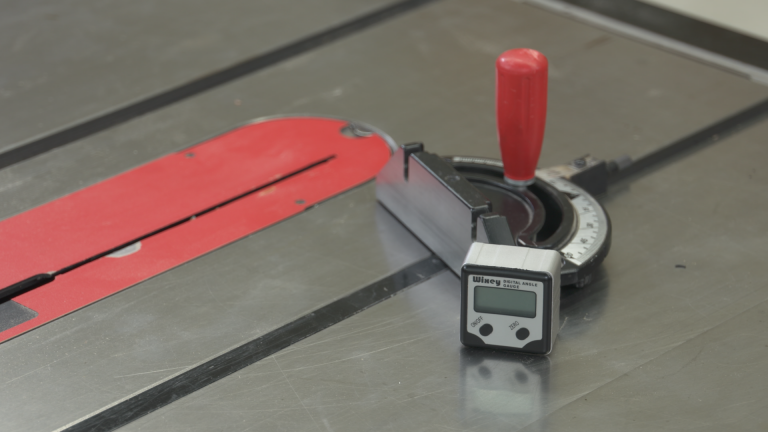
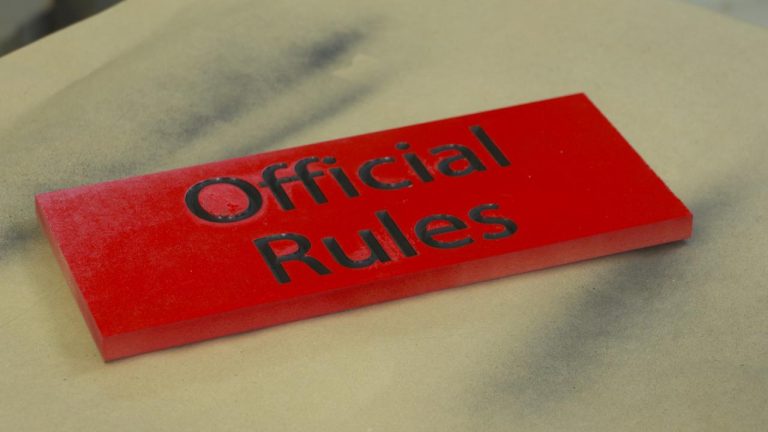
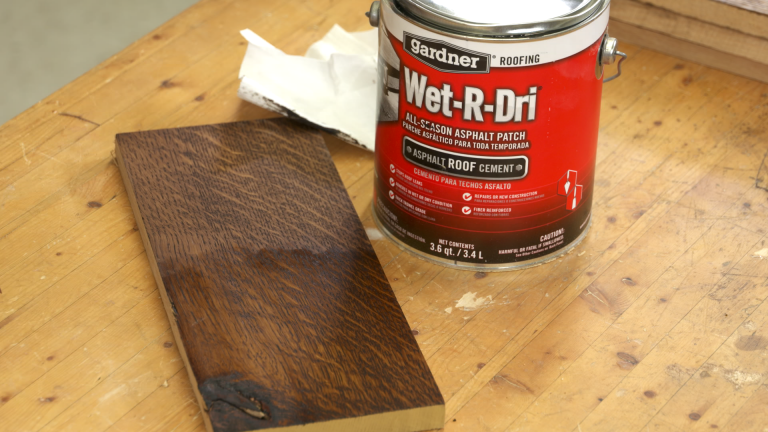
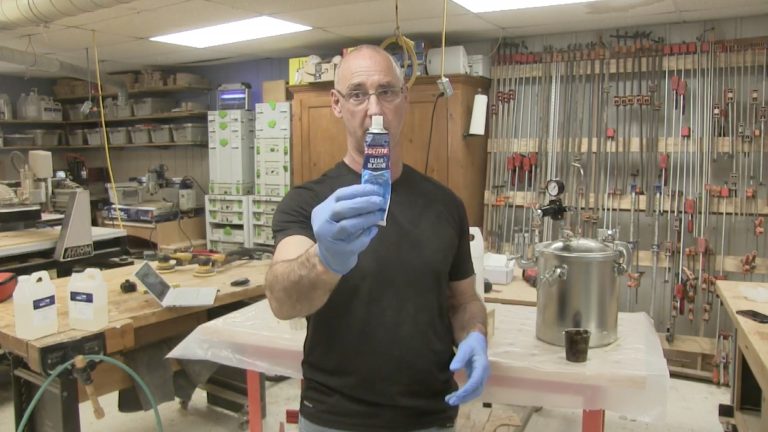
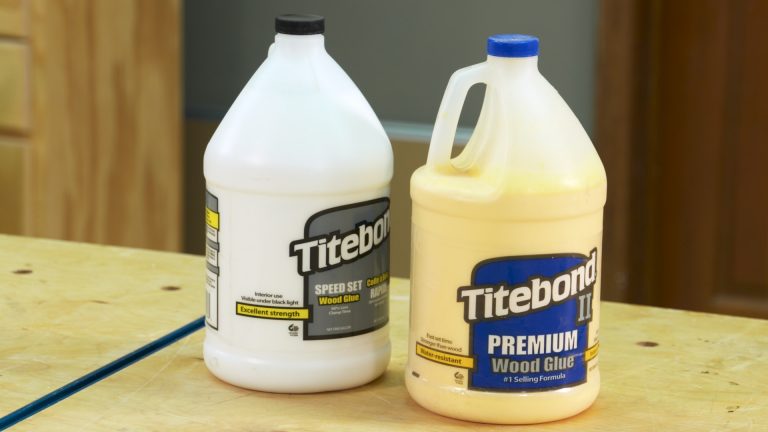
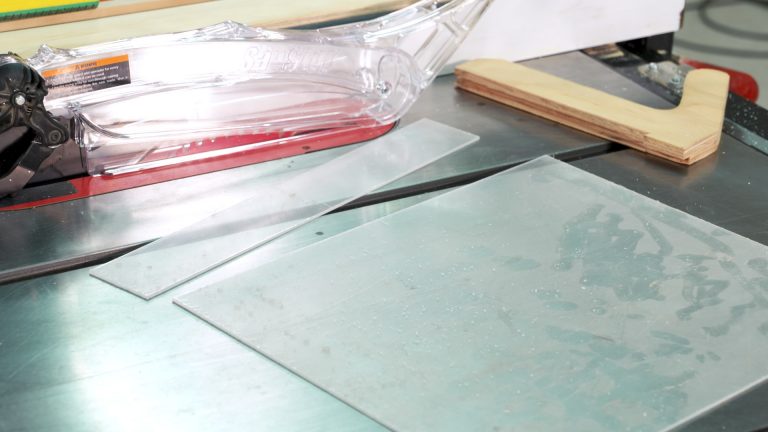



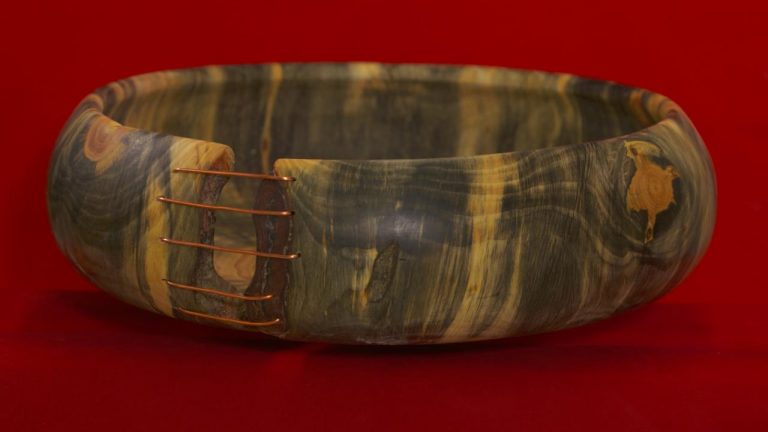
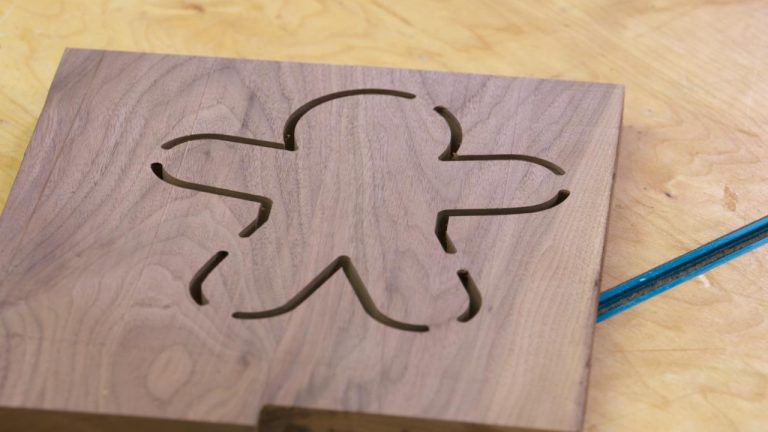
Nice video, except everything she said can be found on the bottles, i.e. mix =parts, stir and pour. Gloves are a given unless you like the stuff all over your hands. What I'd like to know is how can you tell if the mixture's right before you pour and whether to us a hair dryer, torch or heat gun to get rid of bubbles. Thank you, Janna
Thanks for sharing.. Great tips...
Very good tips. Two comments: First, not all two-part resins are epoxy. One of the most popular for use in making woodturning blanks, Alumilite, is a urethane resin. Second, because there are lots of different types of resin, users NEED to read the instructions. As shown in the video, resins vary in the ratio of 'part A' to 'part B'. Some, as shown in the video, are measured by volume. Others, are measured by weight. Some have a very short pot life, while others take days to cure. Some can be used for a thick casting, others can only be used for coating an object. You have to make sure the resin you're using is 'right' for the job. If not, you're apt to be disapointed.